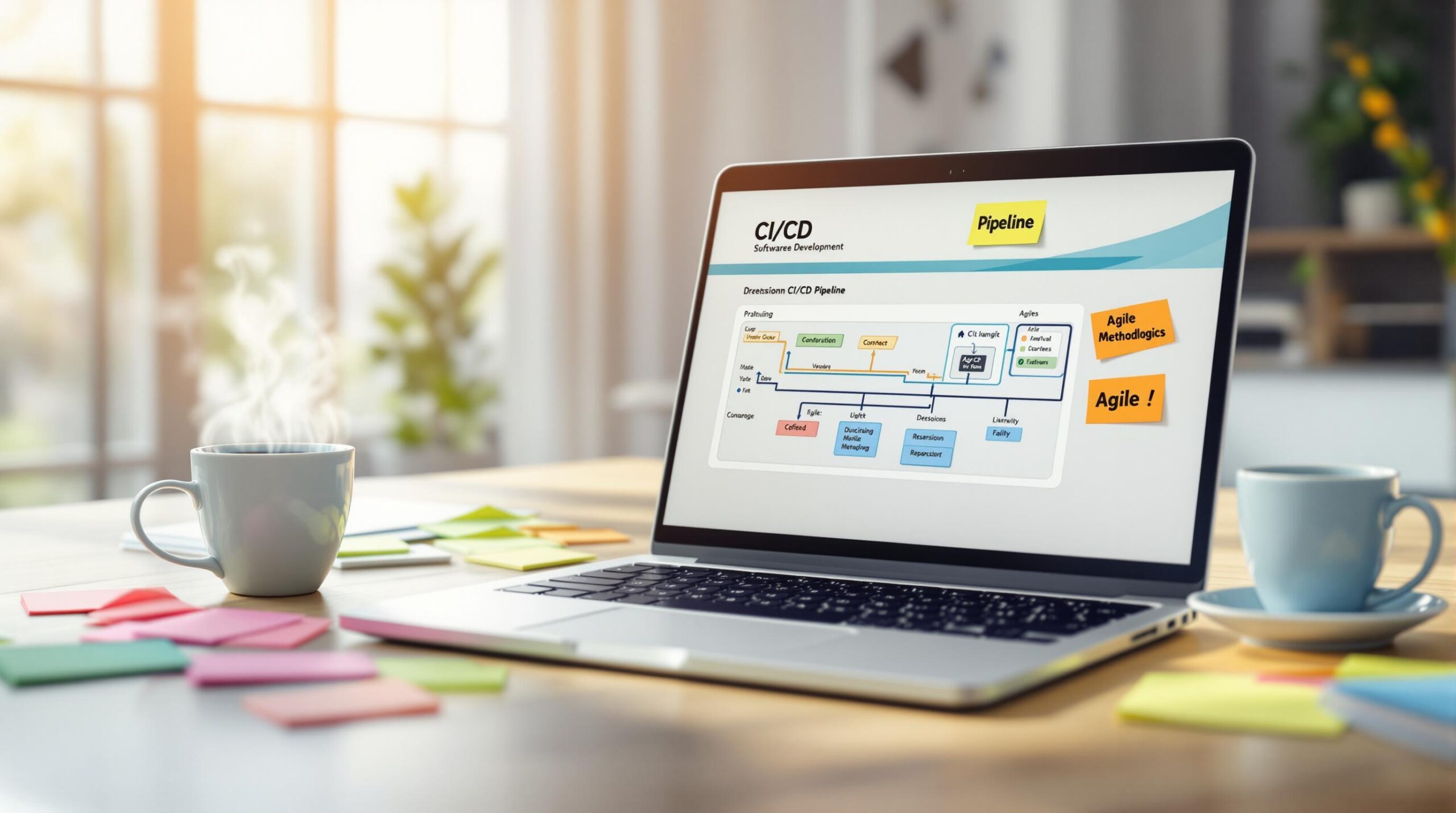Rural engineering students can learn new tech skills despite challenges like limited internet and resources. Here’s how:
- Use online platforms: Affordable options like KodNest, Udemy, and Scaler offer flexible, skill-focused courses.
- Leverage offline tools: Download resources from GitHub (FreeCodeCamp, The Odin Project) or use lightweight coding tools like Visual Studio Code and Git.
- Build local tech communities: Start study groups, work on team projects, and connect with mentors via platforms like LinkedIn or Slack.
- Overcome infrastructure issues: Use offline learning, download materials during off-peak hours, and rely on solar-powered devices during power outages.
Takeaway: With the right strategies and tools, rural students can develop in-demand tech skills and access high-paying opportunities in companies like Nvidia and Oracle.
Using Online Platforms for Skill Development
Online platforms are breaking down barriers for rural students, offering access to high-quality education and step-by-step courses to develop tech skills.
KodNest: Full-Stack Training at a Budget

KodNest provides full-stack training at a budget-friendly price, including offline resources, AI-driven mentorship, and placement assistance. At ₹26,999 for online learning, it’s tailored to meet the needs of rural students, offering a well-rounded learning experience.
Other Platforms: Scaler, Udemy, UpGrad

| Platform | Key Features |
|---|---|
| Scaler | Structured curriculum and mentorship from industry experts for career advancement |
| Udemy | Flexible, self-paced courses with frequent discounts to focus on specific skills |
| UpGrad | Certificates recognized by the industry and strong career support services |
Tips for Making the Most of Online Learning
- Stick to a Study Routine: Download materials during reliable internet hours and create a steady study schedule to stay on track.
- Join Online Study Groups: Engage with peers who share similar goals to stay motivated and exchange ideas.
- Learn Through Projects: Build a portfolio by working on practical projects that:
- Highlight applicable skills
- Make learning effective, even with limited internet
- Offer solid examples to showcase to potential employers
In addition to structured courses, using open-source tools can help sharpen hands-on skills further.
Using Open Source for Practical Learning
Open-source tools open doors for rural students to gain practical skills and collaborate globally. They help bridge the gap between rural and urban education by offering affordable, hands-on learning opportunities, even in areas with limited infrastructure.
GitHub Repositories for Learning
GitHub hosts several repositories like FreeCodeCamp and The Odin Project, which provide structured learning paths that rural students can use offline. These platforms focus on project-based learning and offer downloadable resources, making them accessible even with limited internet access.
| Repository | Benefits for Rural Students |
|---|---|
| FreeCodeCamp | Interactive challenges, downloadable content, mobile-friendly interface |
| The Odin Project | Project-based curriculum, low system requirements, offline access |
| Open Source Guides | Beginner-friendly resources, community documentation, translation options |
Free Coding Tools and Environments
Tools such as Visual Studio Code and Git are lightweight and can function offline, making them ideal for students with basic hardware and unreliable internet. These tools allow students to work on development projects effectively, regardless of their connectivity.
| Tool | Offline Capability | System Requirements |
|---|---|---|
| Visual Studio Code | Fully offline support | 1.6 GHz CPU, 1GB RAM |
| Git | Local repository management | Minimal (256MB RAM) |
| Replit | Limited offline access | Browser-based only |
Contributing to Open Source
Programs like Georgia Tech’s Rural Computer Science Initiative show how rural students can actively engage in open-source projects. This initiative has connected students from 40 school districts with experienced developers, allowing them to contribute to meaningful projects.
To get started:
- Look for beginner tasks labeled ‘good first issue’ and document your contributions.
- Communicate with project maintainers to build connections and seek guidance.
"Students need to be embedded in real-life problems, particularly those affecting rural communities, to foster their confidence and connect their education to practical challenges." – Lizanne DeStefano, Executive Director of CEISMC [1]
Organizations like the Apache Software Foundation and the Linux Foundation offer beginner-friendly projects, giving rural students a chance to build their portfolios while learning from experienced developers.
sbb-itb-f454395
Building a Local Tech Community
For rural engineering students, having a strong local network can make a big difference in their tech journey. Even with geographical challenges, creating a tech community helps boost learning and opens doors for collaboration.
Starting Study Groups and Meetups
Students in rural areas can form study groups using both in-person and online setups. Start small with regular meetups, and over time, these gatherings can grow into a solid community. Many successful tech groups have started this way.
| Meeting Type | Tools to Use |
|---|---|
| Virtual Meetups | Zoom, Google Meet |
| Physical Gatherings | Local libraries, schools |
| Hybrid Sessions | A mix of online platforms |
Learning Through Team Projects
Working on team projects not only builds practical skills but also encourages learning from peers. Start with manageable projects, assign roles based on individual strengths, and set up regular check-ins to track progress.
"Technology offers a level playing field for mentees to develop relationships with mentors, allowing for authentic, open and honest communications." – Kate Schrauth, CEO of iCouldBe
Finding Mentorship Opportunities
Structured mentorship programs, like MinT, have shown how guidance from experienced professionals can help students land tech roles. Rural students can tap into mentorship through alumni networks, online platforms, or virtual office hours.
| Mentorship Source | How to Connect | Benefits |
|---|---|---|
| Alumni Networks | LinkedIn, School Database | Career guidance |
| Online Communities | Slack, Discord | Technical advice |
| Industry Professionals | Virtual office hours | Expert feedback |
Platforms like Slack and Discord are especially useful for connecting with mentors and accessing expert insights. These tools allow rural students to break out of isolation and participate in collaborative learning they might not have access to otherwise.
Building a local tech community fosters collaboration, but addressing infrastructure challenges is key to ensuring these efforts thrive.
Addressing Rural Infrastructure Challenges
Living in a rural area doesn’t have to hold you back from becoming a tech professional. While limited infrastructure can be a hurdle, there are practical ways to keep learning. By blending offline resources with smart internet use, rural students can make the most of their opportunities.
Strategies for Offline Learning
Many platforms provide offline access to courses, making it easier to learn even with limited internet. For example, Udemy and Khan Academy let you download lessons on their apps, covering topics like Java, Python, and web development.
| Learning Resource | Offline Features | Ideal For |
|---|---|---|
| Udemy Mobile | Download full courses | Video-based lessons |
| Khan Academy | Offline lectures | Programming basics |
| PDF Resources | Locally stored files | Reading documentation |
Making the Most of Limited Internet
When you have internet access, use it wisely. Download course materials during off-peak hours (11 PM to 5 AM) when the network is less congested. Lightweight coding tools like Repl.it are also great – they use less bandwidth but still offer full coding functionality.
"If downloading a lecture takes too long, try lowering the video quality, restarting your modem, or downloading during stronger connection times." – Udemy Support Team
Staying Powered During Outages
Frequent power outages don’t have to stop your studies. Solar-powered devices like the Forty2 can provide reliable energy for remote learning.
"Solar solutions like the Forty2 can power essential devices in remote areas, supporting uninterrupted learning." – Brian Gramm, founder of Peppermint Energy
For individual needs, portable power options are worth considering:
| Power Solution | Charging Capacity | Best For |
|---|---|---|
| Arc 20W Solar Kit | Charges a laptop in 7 hours | Daily study sessions |
| 17W Solar Charger | Charges a laptop in 9 hours | Backup power |
| V88 Portable Battery | 1.1x laptop charge | Emergency use |
These tools ensure that rural students can maintain consistent study routines, even in areas with unreliable electricity. With the right approach, learning in rural areas becomes much more achievable.
Conclusion: Empowering Rural Engineers in Tech
Main Points Recap
Learning new technologies from a rural area can be tough, but it’s absolutely possible with the right resources and approach. Combining effective tools with strategies to tackle infrastructure issues is key to success.
As the Progressive Policy Institute points out, "Online education emerges as a transformative solution to the multifaceted challenges hindering rural students’ access to postsecondary education." This is especially important when only 28% of rural adults hold a college degree, compared to 41% in urban areas.
| Learning Approach | Benefits | Indicators of Success |
|---|---|---|
| Online Platforms | Flexible schedules | 72% course completion rate |
| Open Source Projects | Real-world experience | Stronger portfolios |
| Local Tech Communities | Mentorship and support | Higher retention rates |
Encouragement for Rural Students
Stories of success from rural areas prove that location doesn’t define your potential. Initiatives like the $2.75 billion Digital Equity Act are making tech education more accessible. Programs such as PMGDISHA have already certified nearly 20 million women as digitally literate, showing that barriers can be overcome.
Your determination and creativity are your biggest strengths. Downloading resources during off-peak hours or connecting with online communities can help you build a strong foundation in tech. By using these methods, rural students can confidently join the tech world and bring fresh perspectives to the industry.





